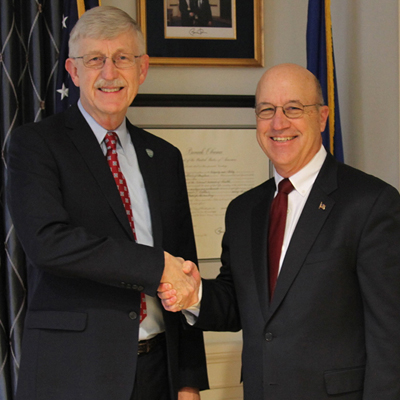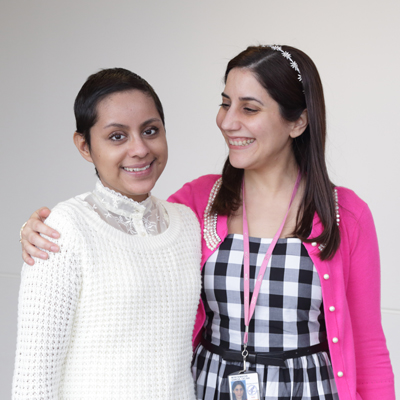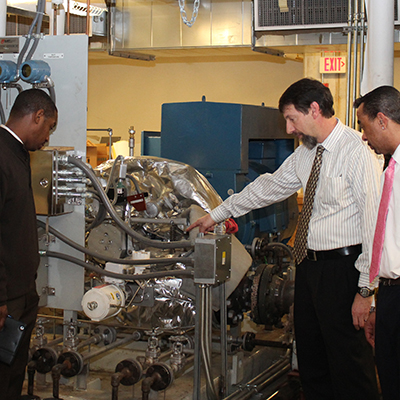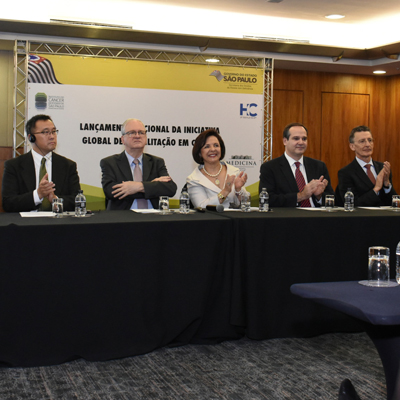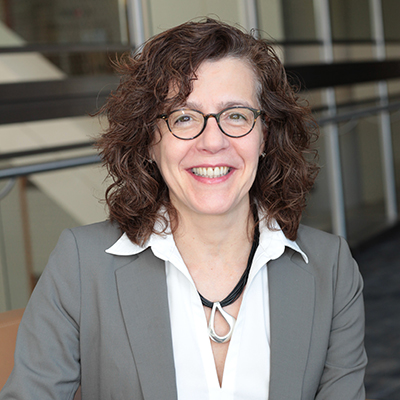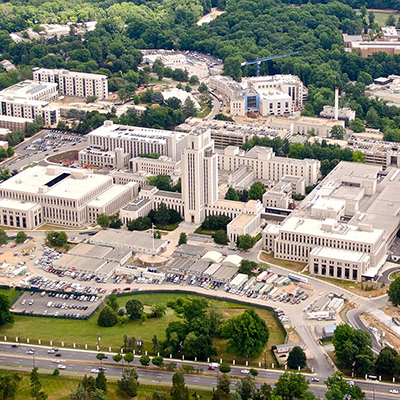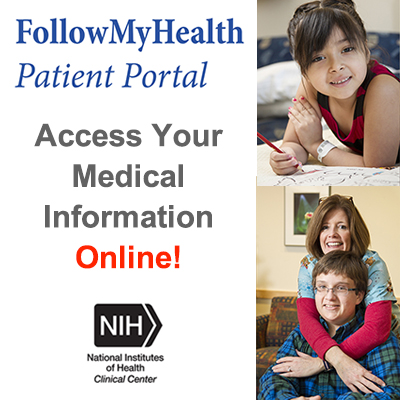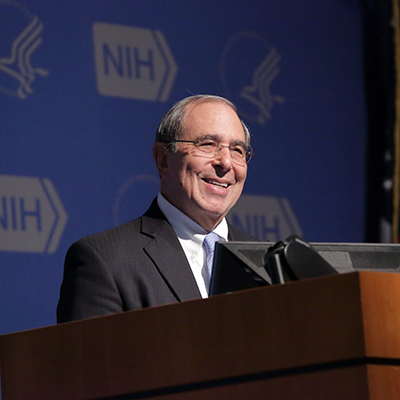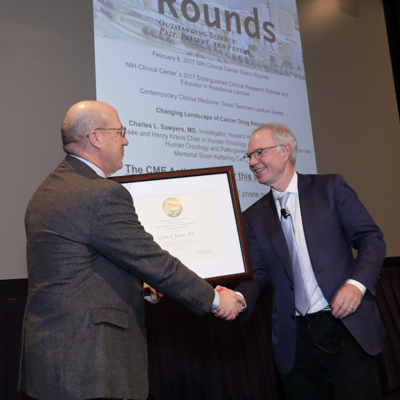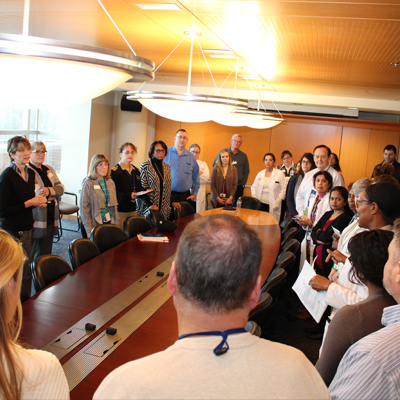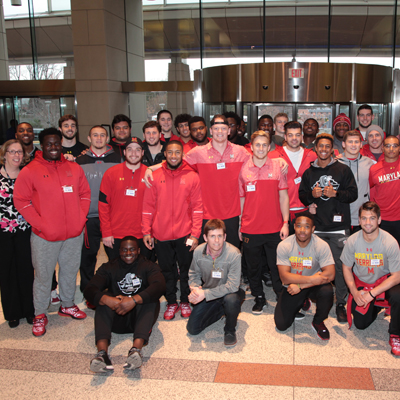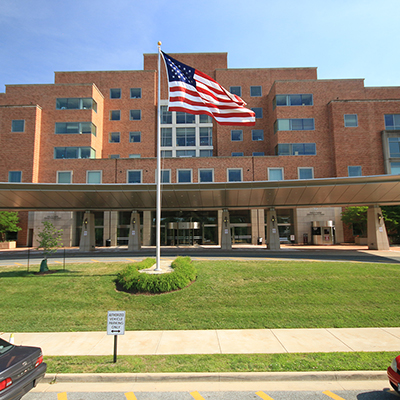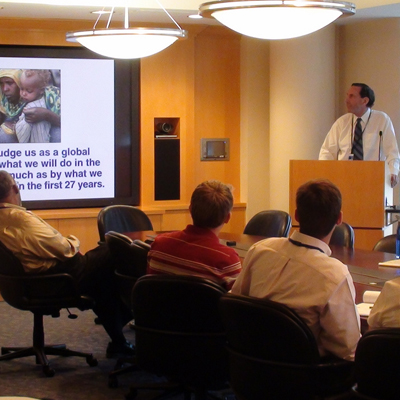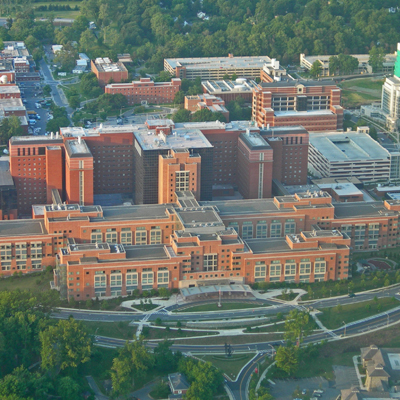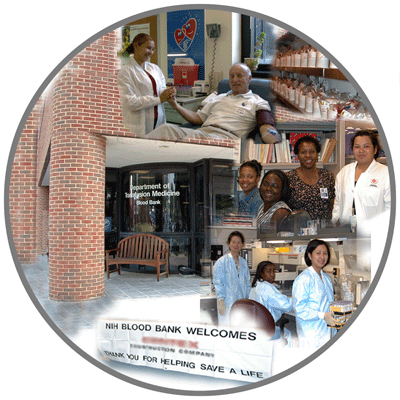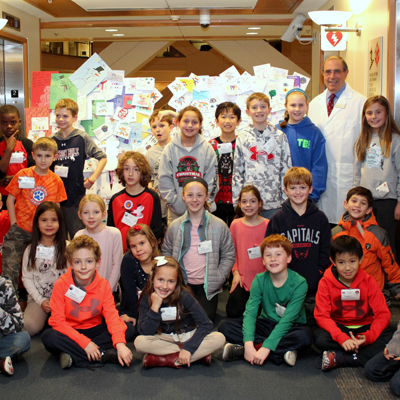Patient perseveres in battle with Chronic Granulomatous Disease
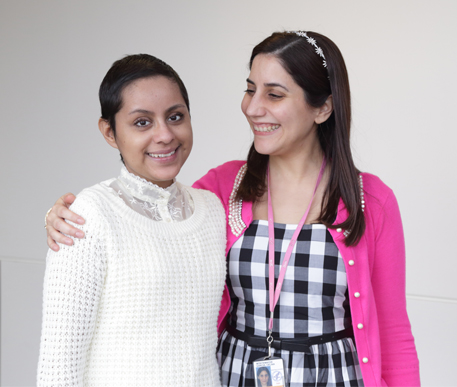
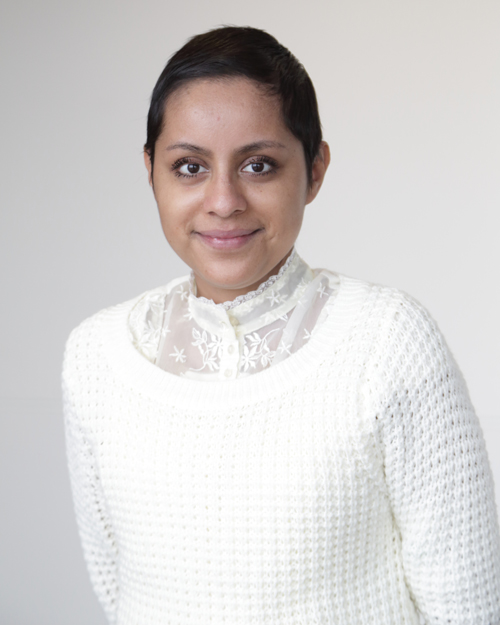
At just 6 months old, Llasmin Canseco was diagnosed with Chronic Granulomatous Disease (CGD), a rare inherited disorder that weakens the immune system. The portion of Canseco's white blood cells called granulocytes fail to produce microbe-killing hydrogen peroxide, leaving her with chronic inflammation and defenseless against frequent bacterial and fungal infections.
There are five genetic types of CGD, four of which present with very similar medical problems. CGD is estimated to occur in one in 200,000 to 250,000 people worldwide though the genetic type of CGD affecting Llasmin (P67) occurs in just 5 percent of CGD patients. Llasmin's CGD was carefully managed by antibiotics and other medications throughout her life, allowing her to reach young adulthood.
However, in 2016 she acquired a fungal pneumonia that progressed to infect and partially destroy her chest bones leaving her doctors scrambling to find a treatment before it turned deadly. High doses of multiple antibiotics and repeated surgical treatments failed to eliminate or slow spread of the infection. Llasmin needed help fast.
In March 2016, at age 26, she enrolled in an NIH clinical trial that would attempt to give her a brand new immune system and a second chance at life.
"I tried having a normal life, but I have always had to take care of myself because I had Chronic Granulomatous Disease," she said.
At home in California, Llasmin enjoys competitive sports, like tennis and basketball, and is hoping to pursue a career in accounting.
"Even though I tried not to get ill, I still got sick. Throughout my life I had many infections and was hospitalized often."
Just as the 2016 New Year approached, Llasmin's health condition took a turn for the worse.
"I had a critical fungal infection in my sternum and lungs that was not getting any better with anti-fungal medications. The infection was worse every day, and the [San Diego] doctors' major concern was that the infection could spread more and reach my heart."
In desperate need of another treatment option, her medical care team found an NIH blood stem cell clinical trial, Haploidentical Transplant for People with Chronic Granulomatous Disease Using Post Transplant Cyclophosphamide, led by Dr. Harry Malech and Dr. Elizabeth Kang from the National Institute of Allergy and Infectious Diseases.
The trial, which took place at the NIH Clinical Center, transplanted hematopoietic stem cells collected from Llasmin's healthy mother to Llasmin in an attempt to replace her defective immune system with a healthy immune system derived from her mother's blood stem cells. This clinical trial is designed to allow transplant from a parent or other close relative who may be only a half match with respect to tissue typing (HLA pattern). Most standard transplants use donors who match more closely. This trial expands the use of transplantation by allowing the use of less closely matched donors, but the trial reduces the risks of the severe complications often associated with mismatched donor transplants by using a novel conditioning (chemotherapy and radiation) regimen.
Although usually a parent is only half-matched, Llasmin's mother was much more closely matched than expected. This factor, along with the conditioning regimen, may have contributed to the successful outcome of this transplant.
"By the time she came here, she literally had a hole in her chest," said Dr. Celina Montemayor, with the NIH Clinical Center Department of Transfusion Medicine. "An eight-centimeter infection had eaten its way through the sternum, the breast bone surrounding the heart and big blood vessels. It looked like Swiss cheese."
In no shape to immediately start conditioning for the stem cell transplant, Llasmin's doctors turned to Montemayor and her colleagues in DTM and the NIH Donor Center at Fisher's Lane in Rockville to provide healthy donor granulocyte transfusions (white blood cells that fight bacterial and fungal infection) to help stabilize the uncontrolled infection to have a fighting chance for success with the stem cell transplant.
To battle the fungus that was eating away at her chest, Llasmin received 11 transfusions of granulocytes. Llasmin's mom and dad, who were her caregivers throughout her time at NIH, nicknamed the granulocytes her ‘soldiers.' But the real heroes, they said, were the members of the D.C., Maryland and Virginia communities who came to the NIH Donor Center at Fishers Lane in Rockville to donate these critical white blood cells.
"It took a lot of selfless donors to contribute to this miracle, up to two per week, to get her through this," Montemayor said.
Within 24 hours of coming out of the arm of a donor, the cells were going back into Llasmin to fight the fungal infection. Donors have to come in the day before their donation for medication to increase the amount of white blood cells in the circulatory system.
The donated white blood cells are only viable for 24 hours so they are immediately put to use in the NIH Clinical Center.
"Granulocytes have made a difference in my life because those infusions were like a window of hope for my family and me. It prevented the infection from spreading more in my body, and I am thankful for that," Llasmin said.
Granulocytes have been used at the NIH and a few other centers for patients with refractory infections, but they carry the risk of alloimmunization, development of an immune reaction to foreign antibodies, that can increase the risk of rejection of a subsequent bone marrow transplant. Patients can develop severe reactions after repeated granulocyte infusions limiting their overall or repeated use.
Kang and colleagues have been using the drug sirolimus to prevent alloimmunization from occurring and have been successful in transplanting patients treated with granuloctyes and sirolimus prior to their actual transplant. Thus they felt comfortable starting the granulocyte transfusions under the cover of the sirolimus soon after Llasmin's arrival at the NIH. These granulocytes were then continued during the transplant period until the graft took over and started producing normal neutrophils, about two weeks after getting her mother's stem cells.
While the road to recovery included a mild case of graft versus host disease, caused by the donor stem cells attacking Llasmin, this was easily managed and Llasmin's body is now able to produce powerful white blood cells to protect her from infections people commonly face in day-to-day life.
At her most recent visit, nine months after the transplant, her new stem cell graft is stable, her infection appears to be cured and she even has evidence of significant regrowth and healing of her chest bone. Her transplant doctors are cautious about not claiming a cure for her CGD until her bone marrow graft is stable for at least two years, but she appears to be on her way to that outcome.
Patients with CGD are followed for at least five years after their transplant at the NIH.
"It was not easy, but with the help of my parents and family, the care of the doctors and nurses, the support of the recreational and rehabilitation therapist, and with the help of many others, I made it through," Llasmin said. "Transplant has made a great difference in my life because my body will now be able to combat infections on its own, and I will be able to live a more pleasant and healthy life."
Learn more about CGD.
Donate granulocytes, or other types of blood, to NIH patients at the NIH Blood Bank.
Learn more about rare disease research at the NIH Clinical Center and the annual Rare Disease Day at NIH cohosted by the NIH Clinical Center and the National Center for Advancing Translational Sciences.
